Luxor: a day full of history
When I was a kid, I was fascinated by Egypt, the pharaohs, and the pyramids. So, when we were in Egypt, I really wanted to visit Luxor. We booked a private tour from Marsa Alam through this website. We had a private taxi from Marsa Alam to Luxor and in Luxor for the whole day and a private guide.
After almost 5 hours of driving, we arrived in Luxor and were ready to let our guide show us the most important monuments of this Ancient city. On our way to the various monuments, we got some more information about life in Egypt and history. He was very happy to share all his knowledge with us because tourism in Luxor is decreased enormously since the Arab Spring.
Although it was only February, it was already pretty hot in Luxor, so make sure that you drink enough and have some sun protection with you.
Valley of the Kings
First stop was Valley of the Kings. Although only a number of tombs are open for the public while the rest are begin restored or some more research is done, there is still more than enough to see. The admission ticket allows for visiting 3 tombs. If you want to visit the tomb of Tutankhamun, Ramesses VI, or Ay, you have to pay an extra fee. Because all the gold and decorations from the tomb of Tutankhamun are in the Egyptian Museum in Cairo, I don’t think it is worth to buy an extra ticket for it. Certainly, because the other tombs have already so much to offer.
In the Valley of the Kings, located on the West Bank of the Nile, 63 tombs and chambers of pharaohs and powerful figures of the New Kingdom (18th till 20th dynasty of Ancient Egypt) are currently excavated. They are named KV1 till KV63 because that is a lot easier to remember then the names of the pharaohs :). The tombs are decorated with scenes from Egyptian mythology and some are preserved very well. After the Arab spring, excavations were interrupted but at the moment, a lot of researchers from all over the world are working on finding new tombs. The ultimate discovery would be the tomb of Alexander the Great.
The first tomb we visited was the one from Ramesses IV (KV2) and is mostly intact. It’s most unique decoration is the representation of Shu (the personification of air) and Nut (goddess of the sky) from the Book of Nut on the ceiling of the burial chamber. The second one was the tomb of Merenptah (KV8) who was originally inside a set of four stone sarcophagi. To bring the sarcophagi into the tomb, door jambs were cut away and afterwards replaced by sandstone blocks. The last tomb was from Ramesses IX (KV6) and has one of the largest entrances. Because it is not allowed to take photographs inside the tombs (we had to hand in our cameras), the photographs you see here are from this website.
It still amazes me how beautiful all the decorations and carvings are inside the tombs. Especially the colours and the precision is remarkable. You also see the importance of religion and mythology during Ancient Egypt time, with death playing an important role during the life of the Egyptian people. Pharaohs started building their tombs from the moment they became a pharaoh. So most of the time, the tombs that are the most beautifully decorated, are the one from pharaohs that ruled a long time.
Temple of Hatshepsut
Next stop was the mortuary temple of Hatshepsut, the second historically confirmed female pharaoh, and one of the most successful pharaohs. The mortuary temple is also on the West Bank of the Nile, close to the Valley of the Kings. Although she was a woman, her tomb is in the Valley of the Kings instead of the Valley of the Queens. This is one of the most beautiful temples because of its location with the mountains in the background. It is amazing how they would accomplish something like that in that period and how inventive they were for making bricks and make sure they stay connected.
While driving to the next site, you see that excavations are very busy at this moment because it is the perfect timing as it is not too hot. They are also busy in moving some of the people who have built their houses on potential archaeological discoveries, which is apparently not so easy as the older people don’t like to leave their house for a new one.
Colossi of Memnon
And the history continues to the Colossi of Memnon, two massive stone statues of the pharaoh Amenhotep III.
Lunch with a view
All the history gave us an appetite and we had lunch with a view on the Nile. In the ancient Egyptian language, the river is called Hapy, which means river. The English name is derived from the Latin Nilus and the Ancient Greek Nilos.
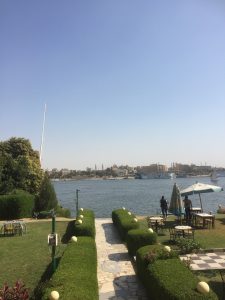
A boat brought us to the East Bank of the Nile where a horse and carriage were waiting to bring us to Karnak Temple.
Karnak Temple
Karnak Temple is a complex full of temples and pylons and one of the largest ancient religious site in the world. If you would know every place in this complex, you would need a few days but we only had an hour. We saw the highlights of the temple with its meaning. Additionally, you will see all the restoration work that is going on and the problems they face of the groundwater. After the temple of Hatshepsut, this was the second most impressive thing for me today. The size, the details, and again the inventiveness is amazing.
Papyrus and alabaster
In between all the ancient architecture, there was also room for the ancient techniques of papyrus making and how they carve alabaster statues. It is said that they learned the techniques from ancients texts that were found. We visited two shops where you can see how they make it and of course, you have the opportunity to buy something.
Luxor is an amazing place to discover all the history and one day is not enough. I want to come back again and stay in Luxor for a few days to explore some more of Karnak and see Luxor Temple. And maybe we book a room at the famous Winter Palace or do it as a part of a Nile cruise to combine it with Abu Simbel.
This day excursion was booked through marsaalam.com and the fee covers the private taxi and guide, all the entrance tickets, lunch, and water. Everything was arranged perfectly and I really recommend booking Luxor this way because of the luxury of having a private car and guide.
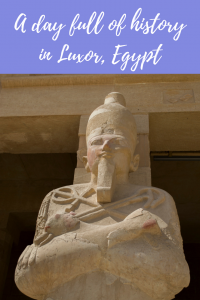
Some of these links are affiliate links. If you buy something through these links, Travel Eat Enjoy Repeat will earn a small commission. This will cost you nothing extra.
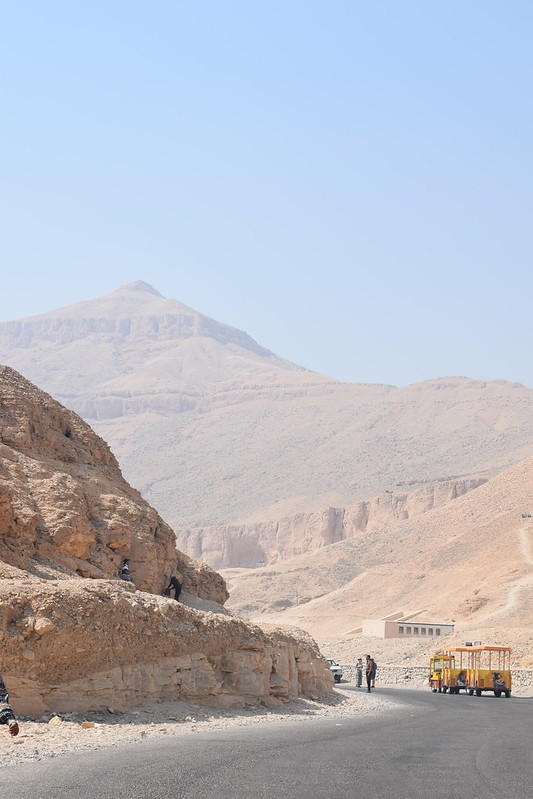

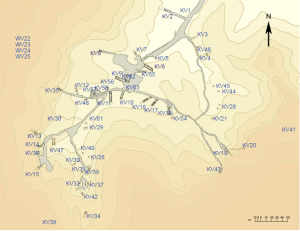
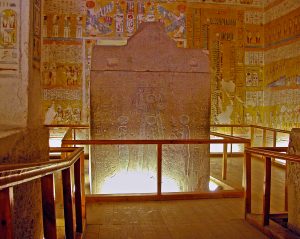
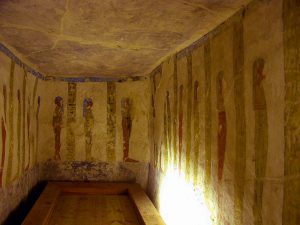
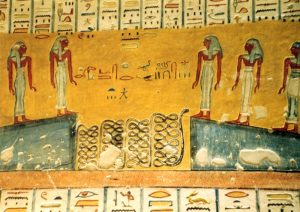
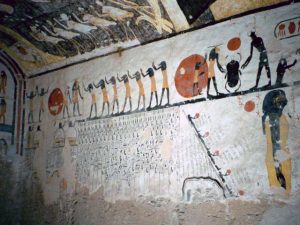
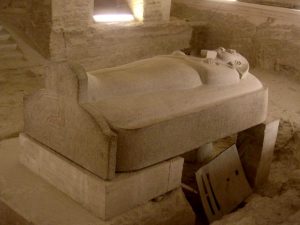
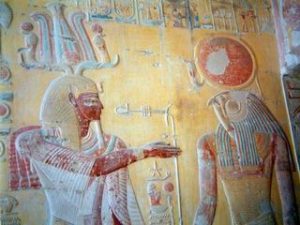
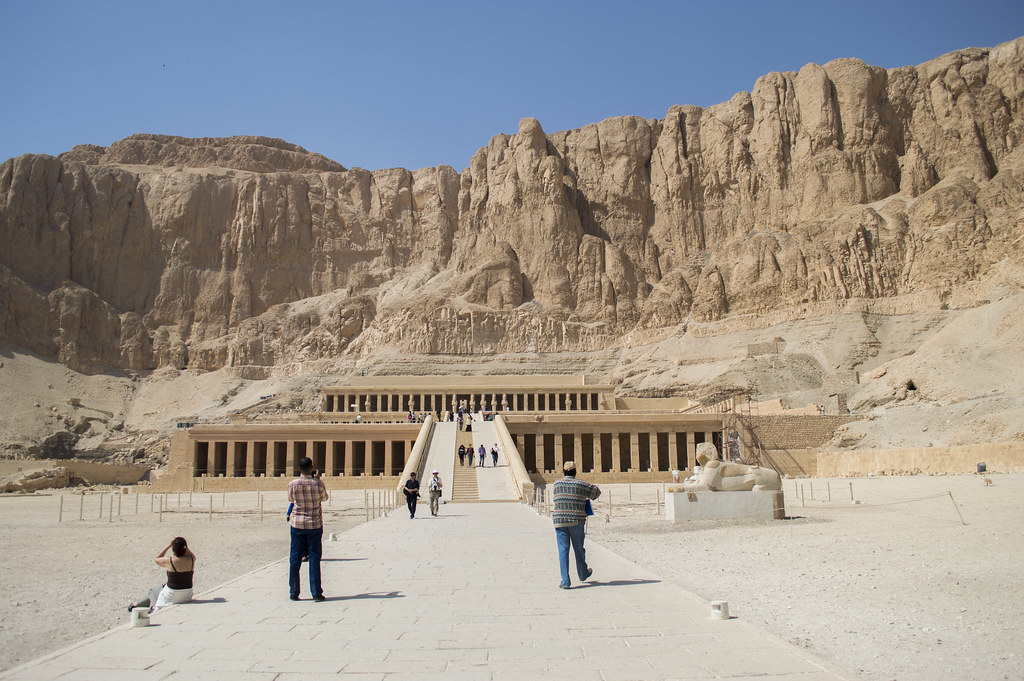

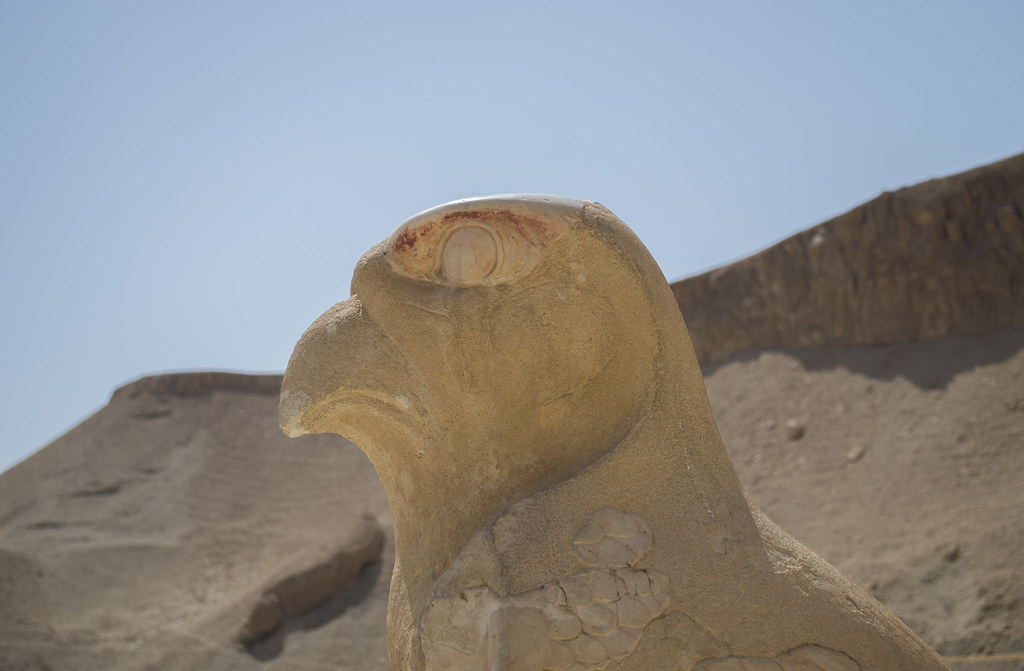
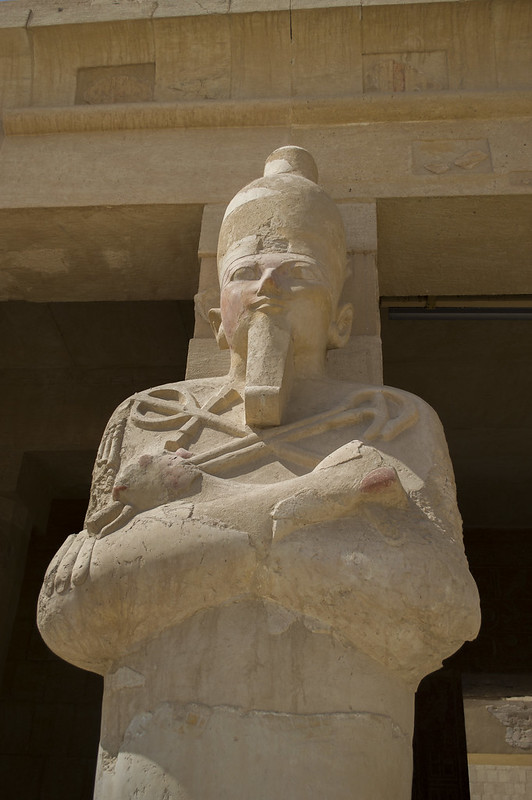




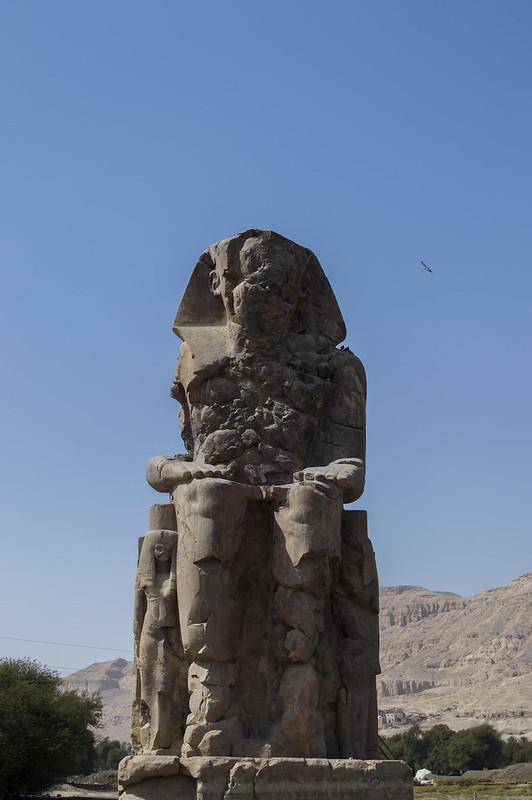

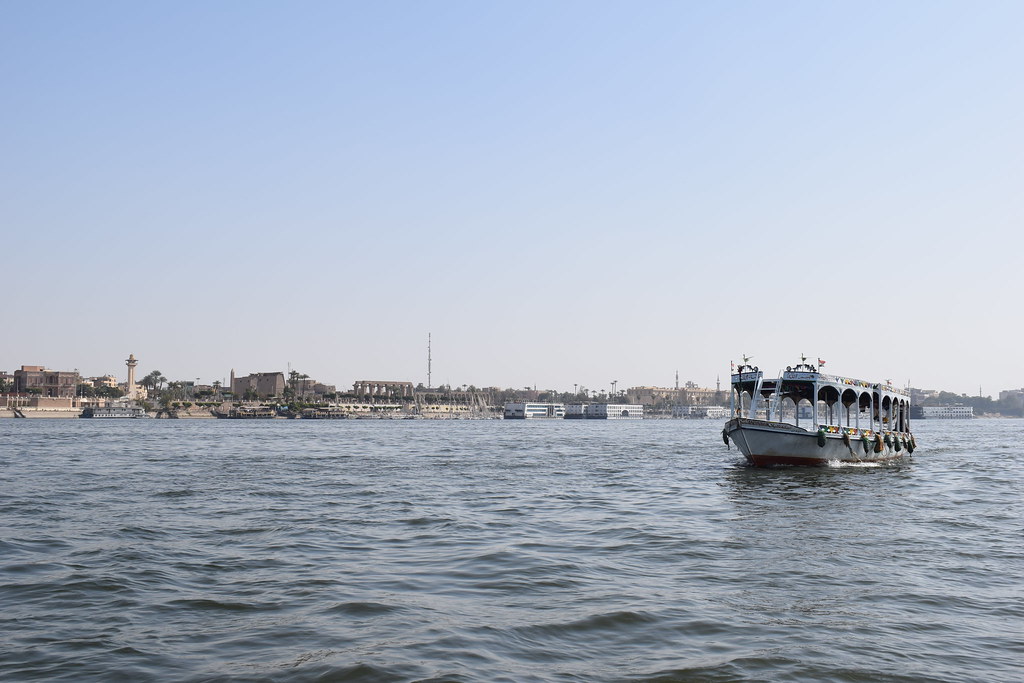

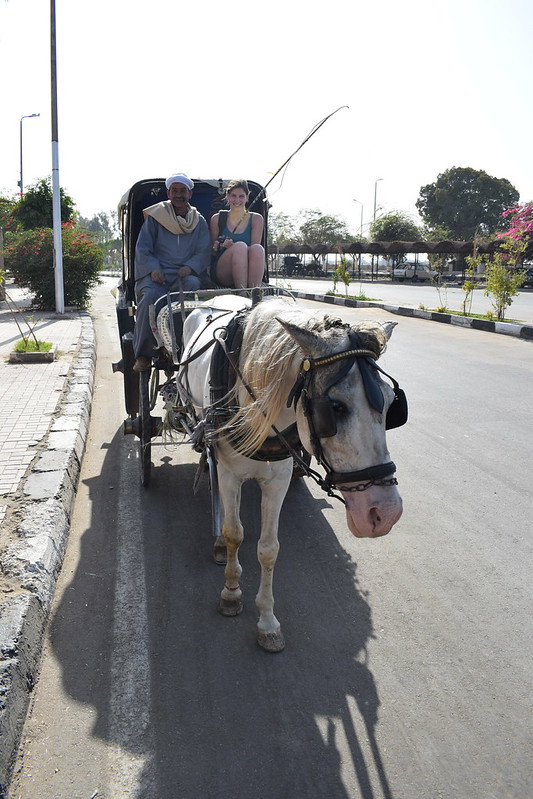


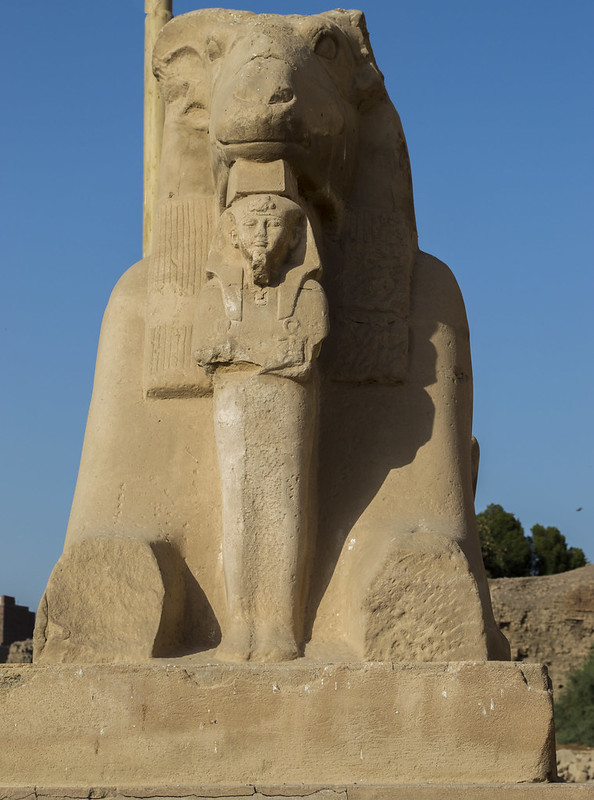



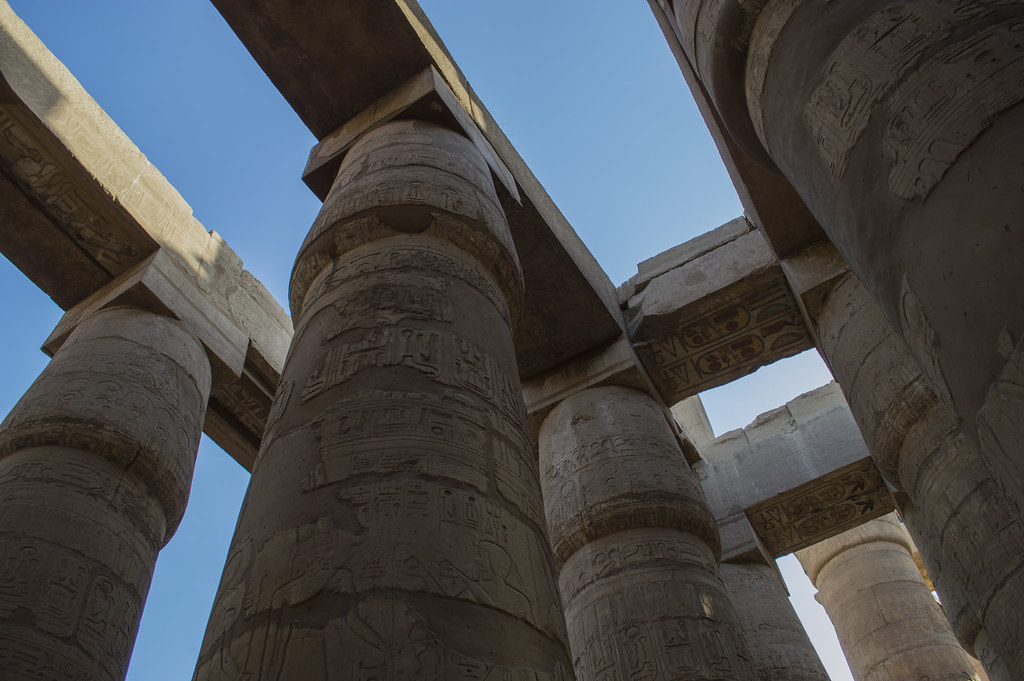
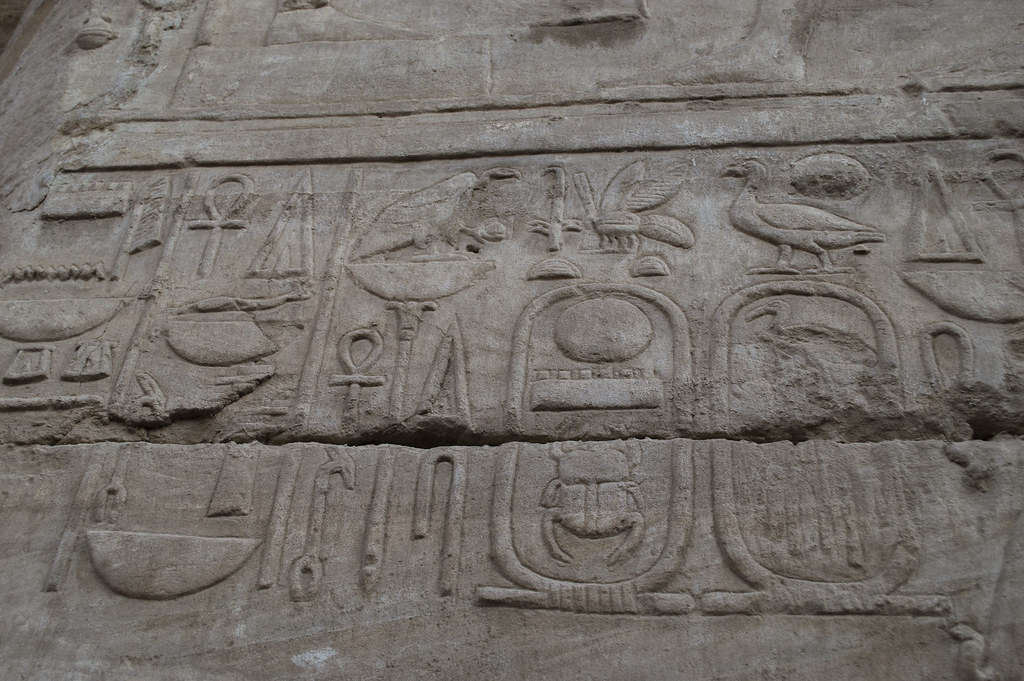
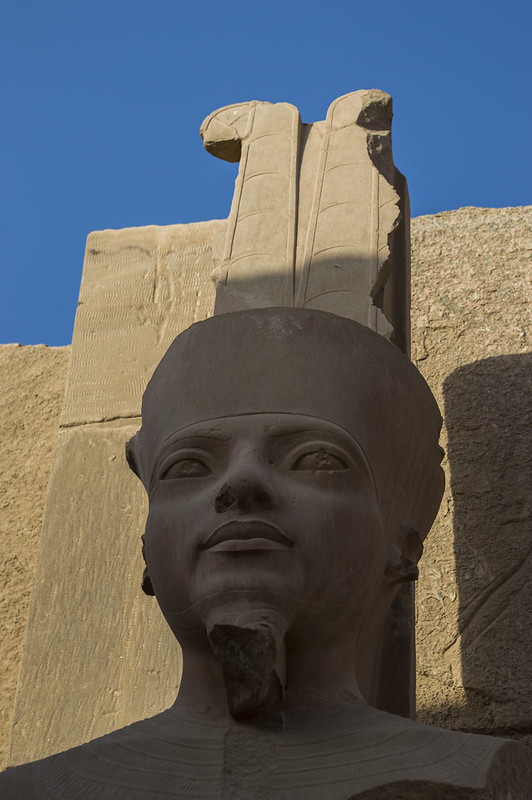
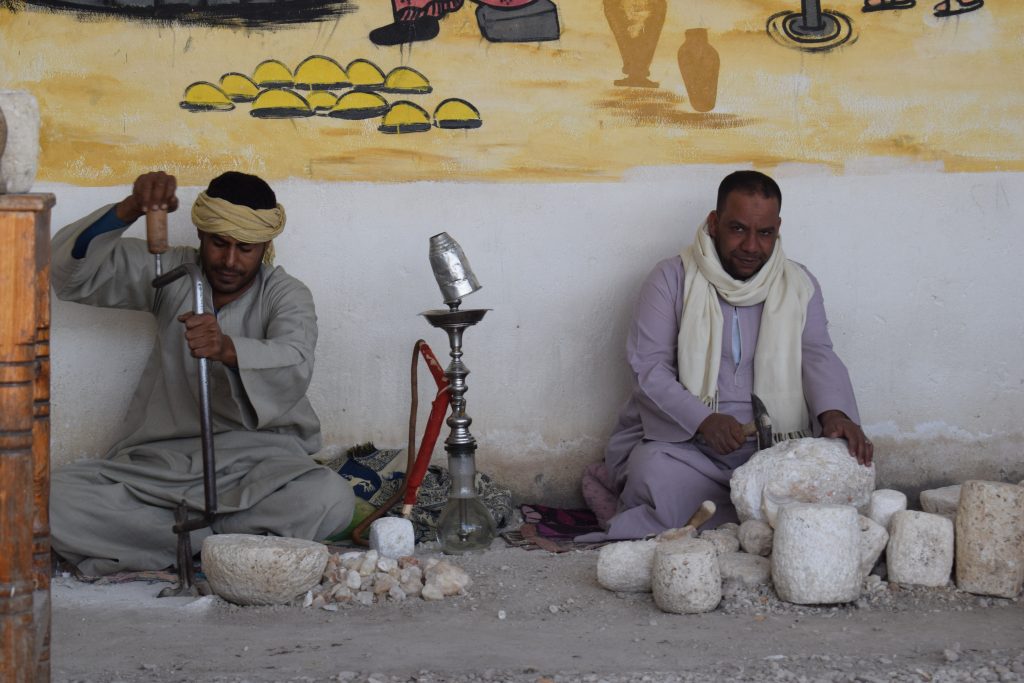
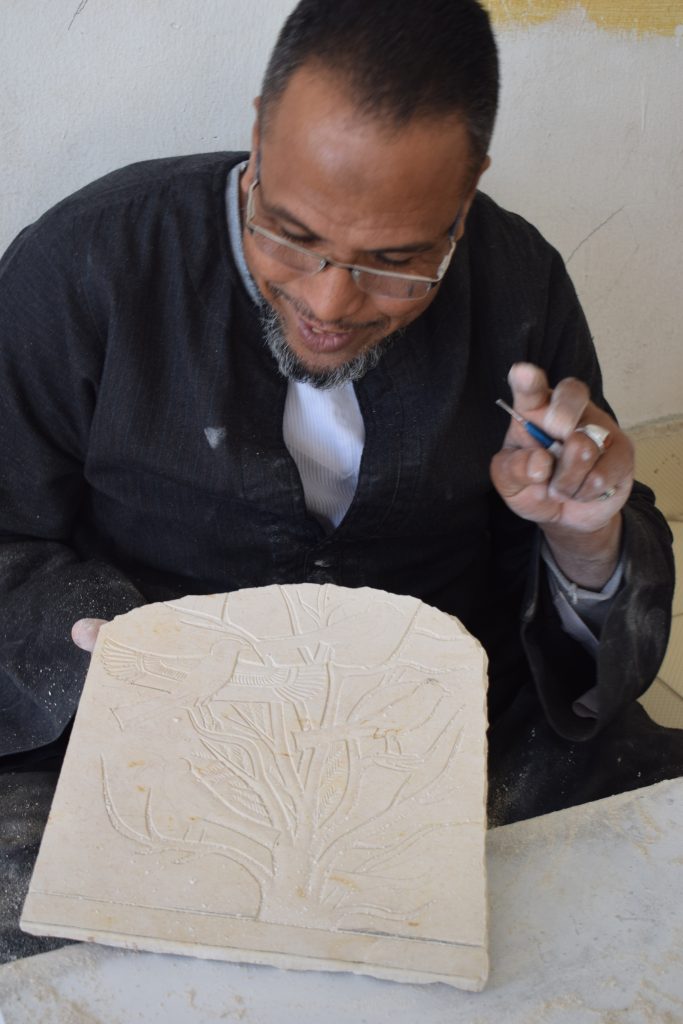
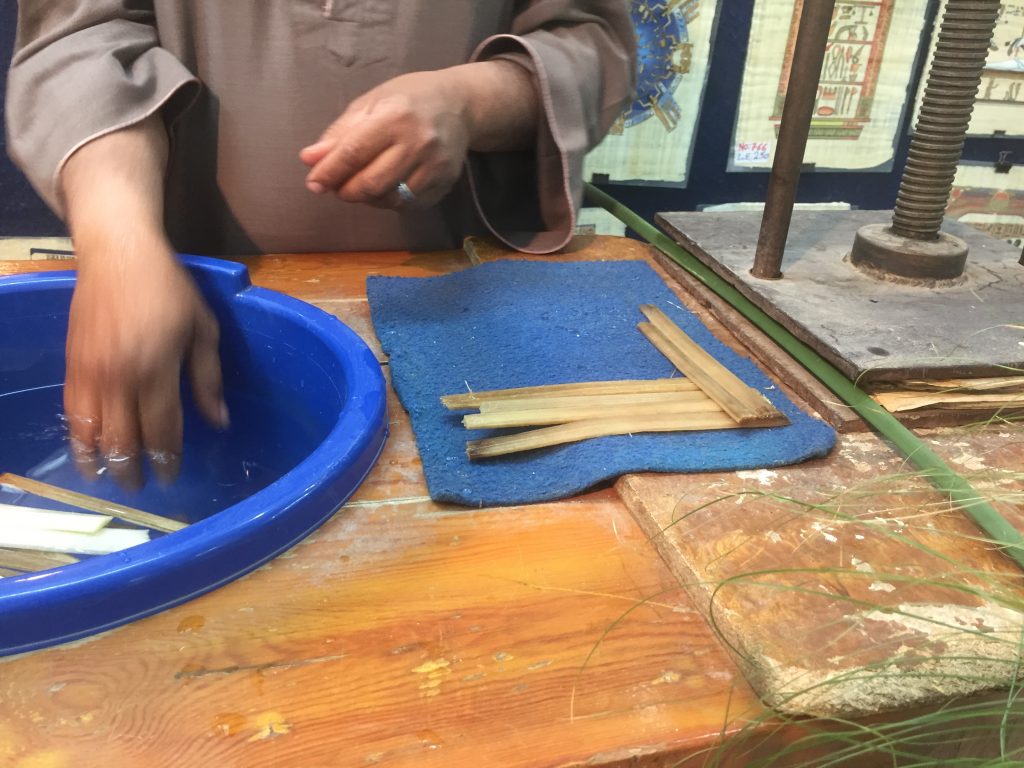
Great post. We are looking to go to Egypt again this year. Nice it hasn’t changed too much in the 17 years since we visited last. Love the information you’ve provided.
Cheers
James
If you will go to Luxor, a lot more things are excavated compared to a few years ago. So you will certainly see more new things
It is also my childhood dream to go to Egypt. I have not gotten there yet.
Judging by this inspiration it needs to move up our list.
How many days should someone visit Luxor? Is two enough?
We did it in one day but two would be much better. You could always combine it with a Nile cruise to Abu Simbel (not in the summer)